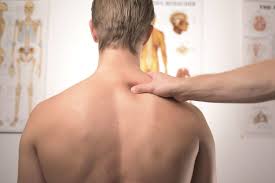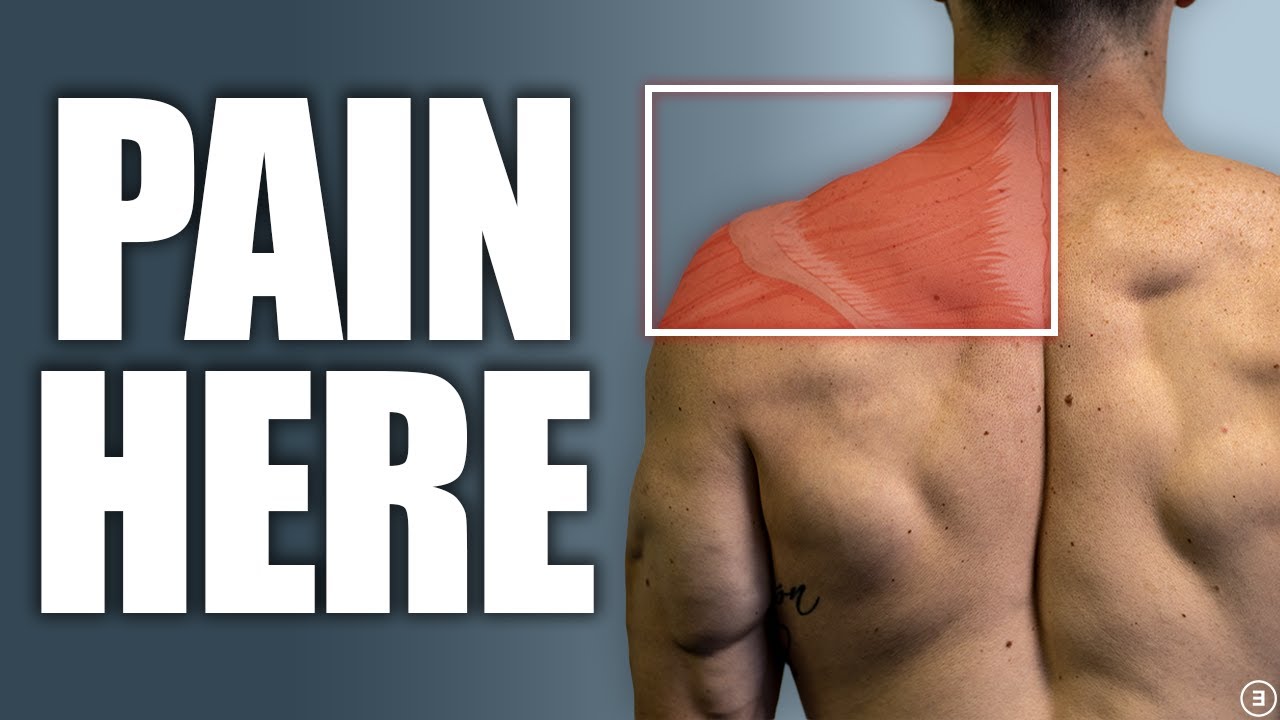Neck and shoulder symptoms are very common and long-lasting. For many, the symptoms may be almost continuous, while for others, the symptoms and their intensity vary but may not necessarily fully subside.
The neck and shoulder area is an area of the human body that is subjected to a lot of static stress in particular. The symptoms in this area will probably never go away completely, but it would be good to have ways to alleviate the symptoms and knowledge about their causes.
Bạn đang xem: 3 Reasons Why the Neck and Shoulders Experience Symptoms and What Can Be Done
Many people feel that their neck and shoulders are “stuck,” but what does this stuckness mean? Is stretching an effective treatment for the symptoms?
- The effect of static muscle work on muscle tissue blood circulation. As can be seen from the image below, in static work, the muscle’s blood demand and blood flow are strongly disproportionate.
Blood flow decreases when the muscle is tensed for a long time, and the internal muscle pressure increases. This leads to a deterioration in metabolism and oxygen supply to the tissues and the accumulation of waste products in the muscle.
- Muscle strength. The lower the maximum strength of a muscle, the more stressful static work is for that muscle. For prolonged static work (an entire 8-hour work shift), the upper limit of force production has been set at 2% of maximum force production. If continued for a long time, even an extremely small force production is enough to cause symptoms in the muscle tissue.
The greater the maximum strength of a muscle, the higher the actual weight corresponding to this 2% will be. A trained muscle also does not fatigue as quickly.
Xem thêm : Preventing Slips and Force Production
The importance of muscle strength is particularly relevant for women, as women’s overall strength levels are naturally about 2/3 of men’s, but only half for the arms! The same work task is therefore more stressful for a woman’s body than for a man’s.
- Myofascial pain syndrome and associated trigger points. Myofascial refers to the muscle fascia, and trigger points describe a local state of tension and inflammation in a muscle band.
According to current research, trigger points are caused by a disturbance in the electrochemical function of the neuromuscular junction. In practice, this means that painful points may form in the muscle where, when touched, a clearly tense muscle band can be felt, which when pressed can radiate pain to another part of the body. Locally, the symptom is often a dull, swollen feeling, while the referred pain may be more stabbing or numbing.
Static stress is a common cause of trigger points, and the neck and shoulder area is prone to their occurrence. Below are a few common trigger point locations (X) and their referred pain areas.
What can be done for the symptoms?
Exercise is the most effective way to increase blood circulation. Any form of exercise that you enjoy is the best option, as you are more likely to do what you enjoy.
Good options include swimming, Nordic walking, and skiing, as these also involve movement of the neck and shoulder area.
Xem thêm : Exercising the Back First Thing in the Morning – Benefits and Drawbacks
Resistance training, such as training with kettlebells, at the gym, or with body weight exercises, is also recommended to maintain and strengthen the strength levels of the neck and shoulder area. A resistance band is an easy tool for resistance training that can even be taken to work.
Cold/heat exposure or, for example, a spike mat can increase surface blood circulation and may help alleviate the feeling of muscle tightness.
Trigger points can be self-treated by pressing on the area causing the referred pain and holding the pressure for, e.g., 30 seconds. The referred pain should start to subside, and the muscle tissue under pressure should relax. If the referred pain clearly intensifies while holding the pressure or changes, for example, to a burning sensation, do not continue pressing on that point, as you may have hit a nerve tissue, which does not tolerate constant pressure well.
Static stretching is usually not helpful for neck and shoulder symptoms, as it does not significantly relax muscle tension maintained by the nervous system or promote muscle blood circulation and oxygen supply.
The tension-relaxation technique is generally more effective than static stretching. In this technique, the muscle being stretched is lightly activated, the tension is held for about 5-10 seconds, and then the muscle is stretched again for, e.g., 20-30 seconds. This cycle is repeated a few times.
Massage, fascial treatment, vibration or needling, as well as mobilization or manipulation that induces relaxation in the muscles through the nervous system, are effective treatment methods.
Nguồn: https://laurikoistinen.com
Danh mục: Health





